Causes of diabetes in children
Could your child develop diabetes or born a diabetic? To answer this question, we need to discuss the factors and reasons for developing diabetes. First, let’s illustrate the difference between Diabetes Type 1 and Diabetes Type 2, the causes of diabetes in children and which type is more common in children.
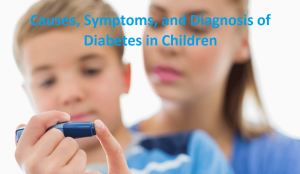
Overview of diabetes type 1 and diabetes type 2
Causes of diabetes in children type 1
It is more common in Neonates. Because Diabetes Type 1 is related to gene mutations. These mutations result in defects upon synthesizing and secreting Insulin; which is the hormone that is responsible for the main source of the body which is glucose. Accordingly, a moderate or complete absence of Insulin occurs.
Diabetes Type 1 is more common in children, neonates and young adults below 20 years. On the other hand, it is rare in adults above 20. Thus, it is called Juvenile Diabetes Mellitus means that it happens in children and infants.
Each year; The number of Diabetes Type 1 increases by 1.8% and Diabetes Type 2 by 4.8%. Thus, Diabetes Type 2 is more prevalent than Diabetes Type 1.
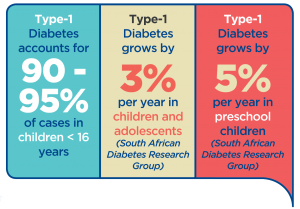
In a study published in Diabetes Research and Clinical Practice Journal on May 2019, it revealed that Diabetes Type 1 is decreasing in incidence through infants and toddlers while increasing in children above 10 years.
Causes of diabetes in children type 2
- Walking through different nations: If you are Hispanic, African, American, Native American, Native Alaska, Asian American, Pacific Islander, then you are at risk.
- Family history of Diabetes Type 2: if any of your parents or ancestors had diabetes, then you are most likely to develop diabetes as well.
- A pregnant woman with diabetes mellitus or developing gestational diabetes, which is diabetes develops during pregnancy only, then she recovers after giving birth.
- If the baby is born overweight.
- If your child is overweight.
- lack of child physical activity.
- Eating plenty of junk foods, sweets, carbohydrates throughout the day.
- Eating a small or limited amount of healthy food. And let me clarify the hazard that you are doing to your body during metabolism in case of unhealthy food. During metabolism, the body breakdown food to get the essentials it needs like energy, minerals, elements, fats, etc. When you eat small amounts of healthy food like fruits and vegetables, you disturb and confuse your body’s metabolism. Also, when your body seeks that energy and essential elements it needs, it finds not enough amount. Accordingly, it gives a chance of increasing intake or starvation for unhealthy food like carbohydrates, sugars, pickles, etc.…. as a result, you are decreasing the benefit your body and your child needs to be healthy and normal.
Now, let’s discuss a new approach which is whether there is a possibility to know if the child has diabetes or at risk or not.
Your child will drink water more than usual throughout the day.
- Increasing requires going to the toilet, i.e. Increased frequency of urination and amount of urine excreted per one time.
- Increasing appetite; Your child will cry or demand more food than usual.
• Weight loss (In case of Diabetes Type 1), and Weight gain or your child is already overweight or obese. (In case of Diabetes Type 2).
Here is the explanation behind, why is there a weight loss in Diabetes Type 1, and commonly weight gain in Diabetes Type 2?
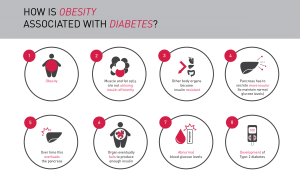
In Diabetes Type 1, the problem arises from a deficiency of insulin or complete absence, the body shifts to using fats for energy demands. So, the child appears thin or losing weight. However, in Diabetes Type 2, the problem arises from insulin resistance by your cells, which means insulin is not capable of doing its function by entering the glucose into your cells. First, the pancreas increases the amount of insulin it secretes in compensation of the cell’s unresponsiveness. However, unfortunately, the cells still resist. By the time, the pancreatic beta cells become exhausted and cannot secrete the proper needed amount of Insulin. Eventually, at late stages, pancreatic beta cells stop secreting insulin at all.

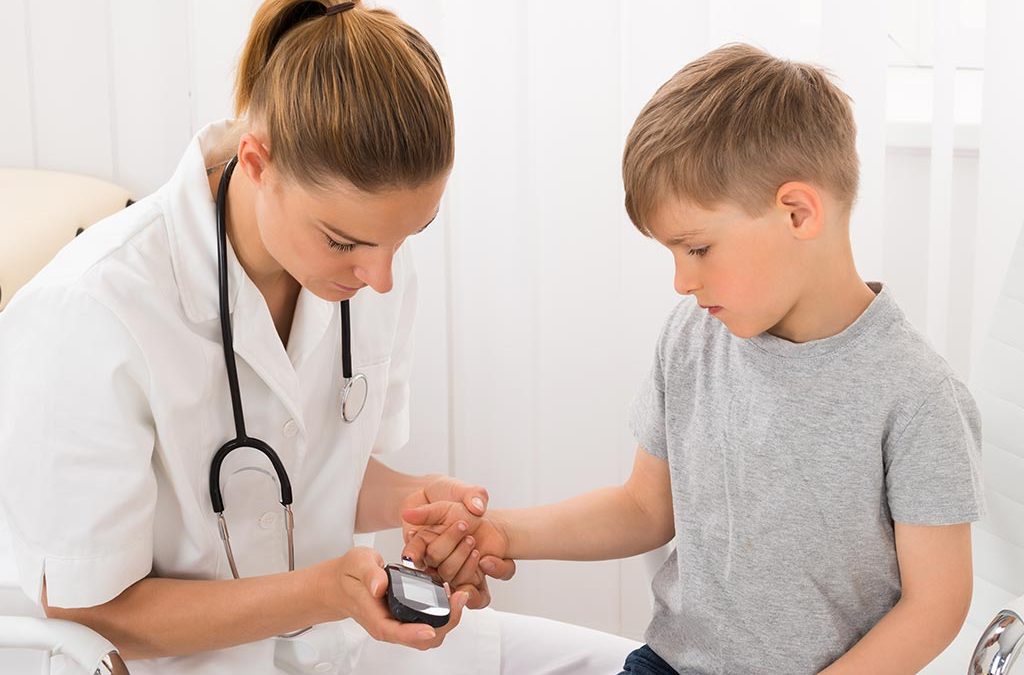
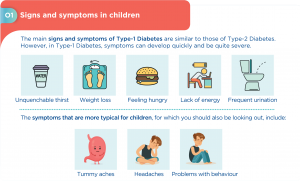
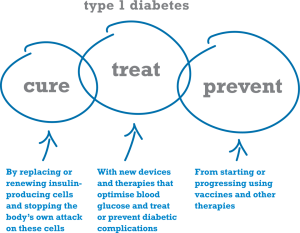


Signal of diabetes comes early if we take precaution on time and change our lifestyle little
We can avoid this termite like disease as this attack our organs one by one
I suggest daily 30min. Brisk Walk.